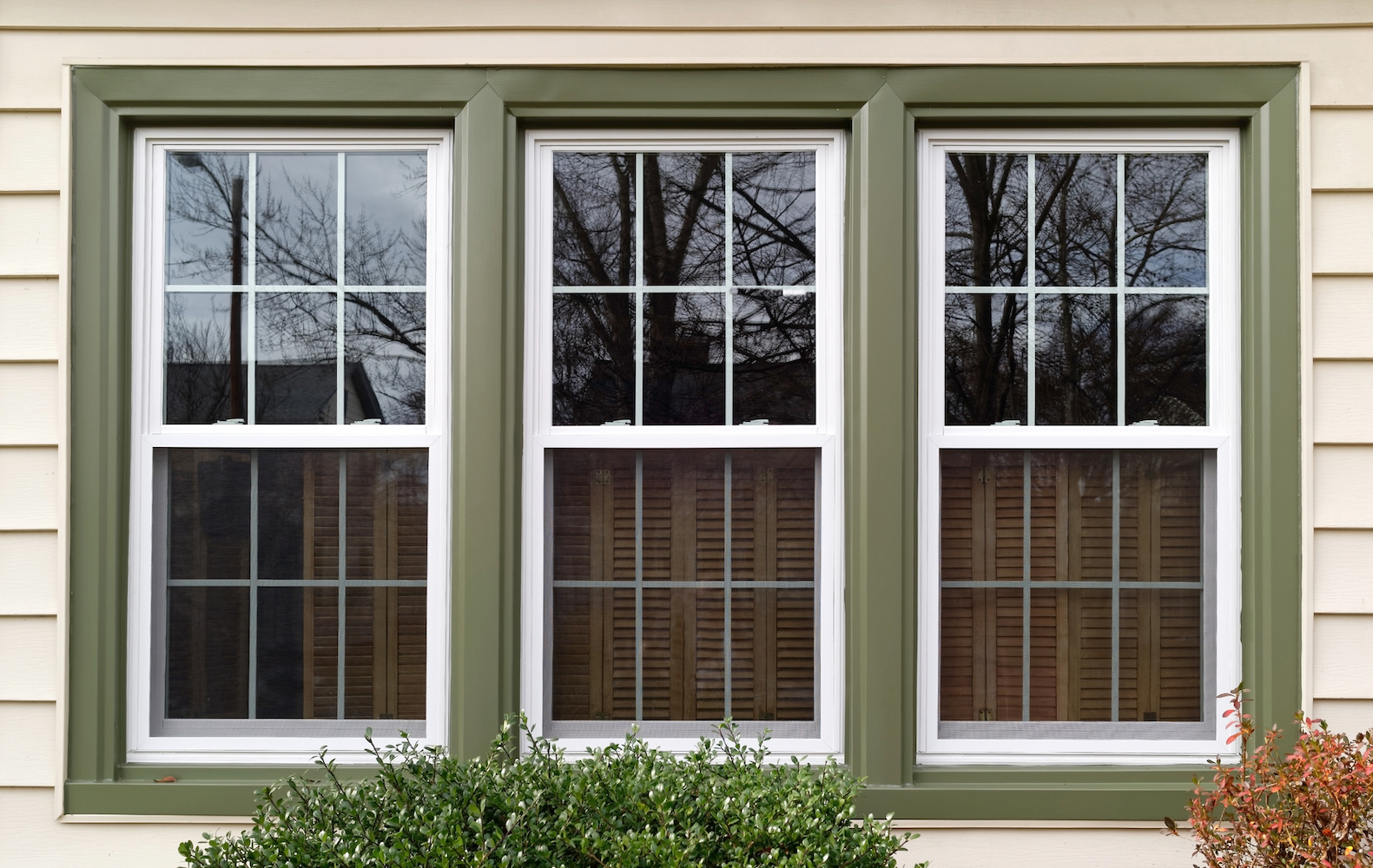The choices for construction materials can be overwhelming to someone who doesn’t work in the industry. You’re finally building your dream home or adding that primary suite you’ve wanted for years. You never realized you would make so many decisions in a short time.
Windows are windows, or so you thought. Your contractor called. The project is at a standstill until you choose your windows. With the variety of windows available, how do you decide?
Before going any further, let’s look at energy-efficient windows and determine if they’re worth purchasing for your home. We’ll discuss what makes a window energy efficient and the types of energy-efficient windows you can buy.
What Makes A Window Energy-Efficient?
Several factors contribute to the efficiency of your windows. In an older home, you typically have single-pane windows with a wooden or aluminum frame. Those windows allow heat and air conditioning to escape outside.
Newer, more energy-efficient windows feature either fiberglass or vinyl frames. Gone are the thin single panes. They’ve been replaced by double- or triple-paned glass.
Another feature of energy-efficient windows is a layer of gas between the panes. Manufacturers use gases like krypton or argon to help insulate the windows. Less air passes through the windows because these inert gases are heavier than air.
Types of Energy Efficient Windows
Energy-efficient windows are available in several styles:
- Single or double sash—these windows slide open vertically. Single sash windows only open from the bottom. Double sash windows open from both the bottom and the top.
- Awning—these windows open outward from the hinge at the top. These windows are generally more airtight than sliding windows because they seal by the sash pressing against the frame.
- Casement—these windows open outward. They have hinges on the sides. They are like awning windows in that they are more airtight than some others.
- Fixed—these windows don’t open. They are airtight, but you should choose a different style if you need egress or ventilation.
- Hopper—these windows open inward from a hinge at the bottom of the window. They are like awning or casement windows in that they are more airtight than sliding windows.
Conclusion
Energy-efficient windows are available in several styles. Some retain air better than others, making them more energy-efficient. For help choosing new windows, contact Rusco.

